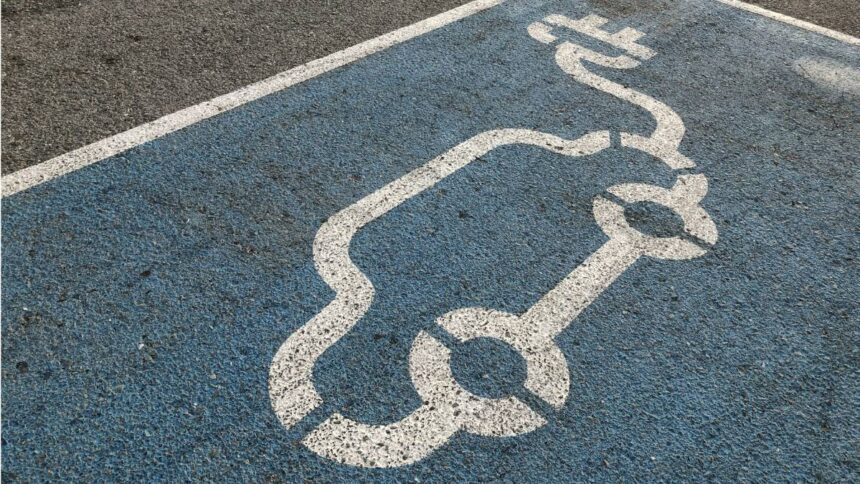The Ministry of Road Transport and Highways (MoRTH) has proposed a mandate requiring the Acoustic Vehicle Alerting System (AVAS) for all electric vehicles including cars, buses, and trucks to improve road safety. AVAS serves as a crucial safety feature in Electric Vehicles (EVs), generating artificial sounds to make pedestrians and other road users aware of a vehicle’s presence.
Proposed Timeline
According to the Ministry’s draft notification, the implementation of this new regulation will occur in phases:
- October 1, 2026: All new electric passenger and goods vehicle models will need to include AVAS.
- October 1, 2027: The requirement will extend to existing electrified vehicle models in Categories M and N.
Additionally, the notification stipulates that all covered vehicles must utilize AVAS that complies with the audibility standards specified in the AIS-173 standard.
Vehicle Categories Covered
This mandate pertains to the following categories of electrified vehicles:
- Category M: This includes electric cars and buses primarily designed for passenger transport.
- Category N: This encompasses electric-powered trucks and other types of goods vehicles.
The use of AVAS is already compulsory for hybrid vehicles in various countries, including the United States, Japan, and several European Union nations.
EV Charging Station Norms
In parallel, the Central Government has initiated a significant push towards electric mobility by issuing guidelines for establishing 72,300 public EV charging stations. The initiative is supported by a ₹2,000-crore budget under the PM E-DRIVE scheme, which features a tiered subsidy system, designating BHEL as the official Project Implementation Agency (PIA). Funds will be released in two phases contingent upon the achievement of specific performance benchmarks.
The scheme will mainly focus on:
- Urban areas with populations exceeding one million.
- Smart cities and metro-connected satellite towns.
- State capitals.
- High-density National and State Highways.
- Key public transport hubs such as railway stations, airports, and fuel retail outlets have been prioritized for infrastructure support.










